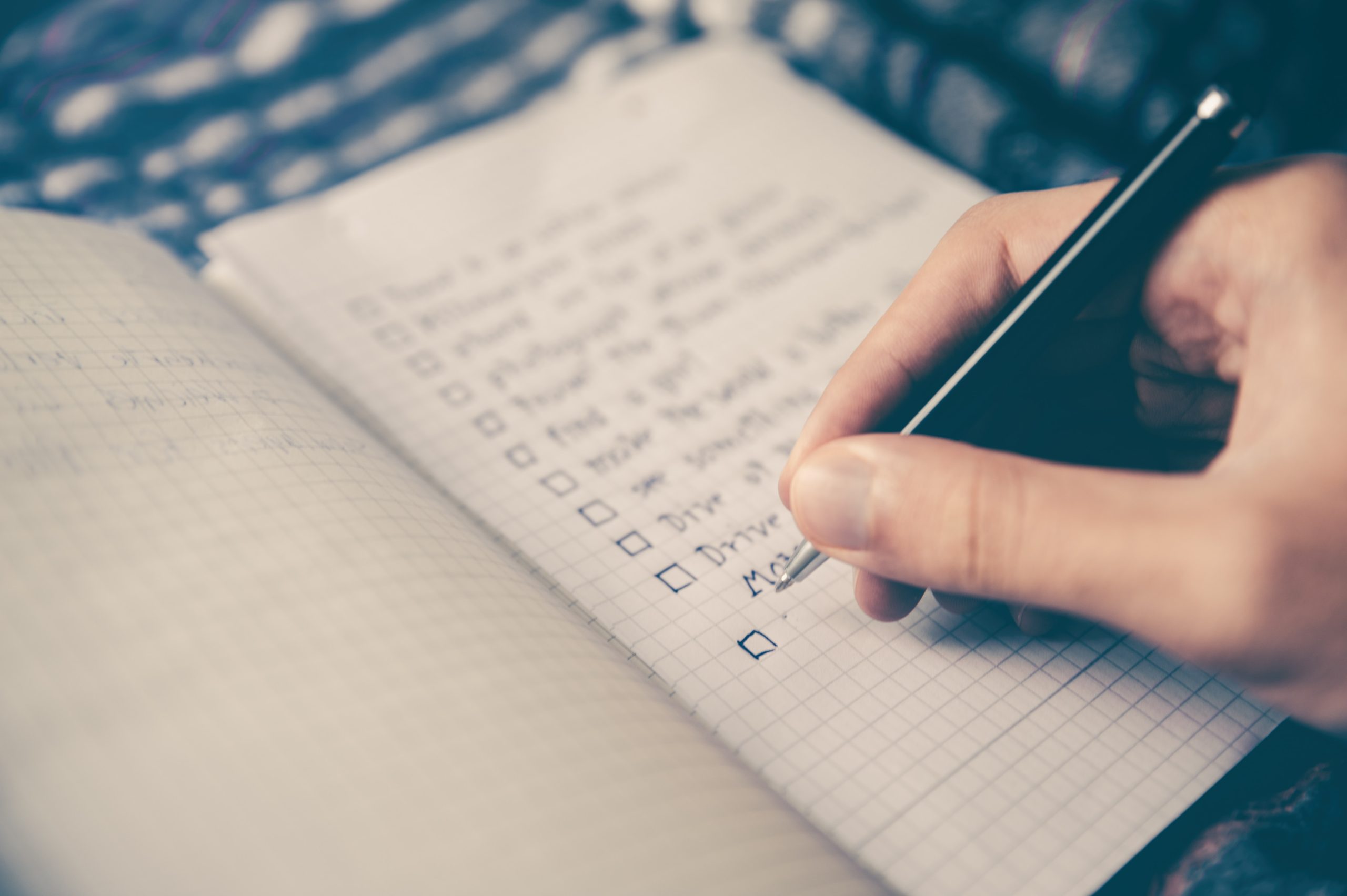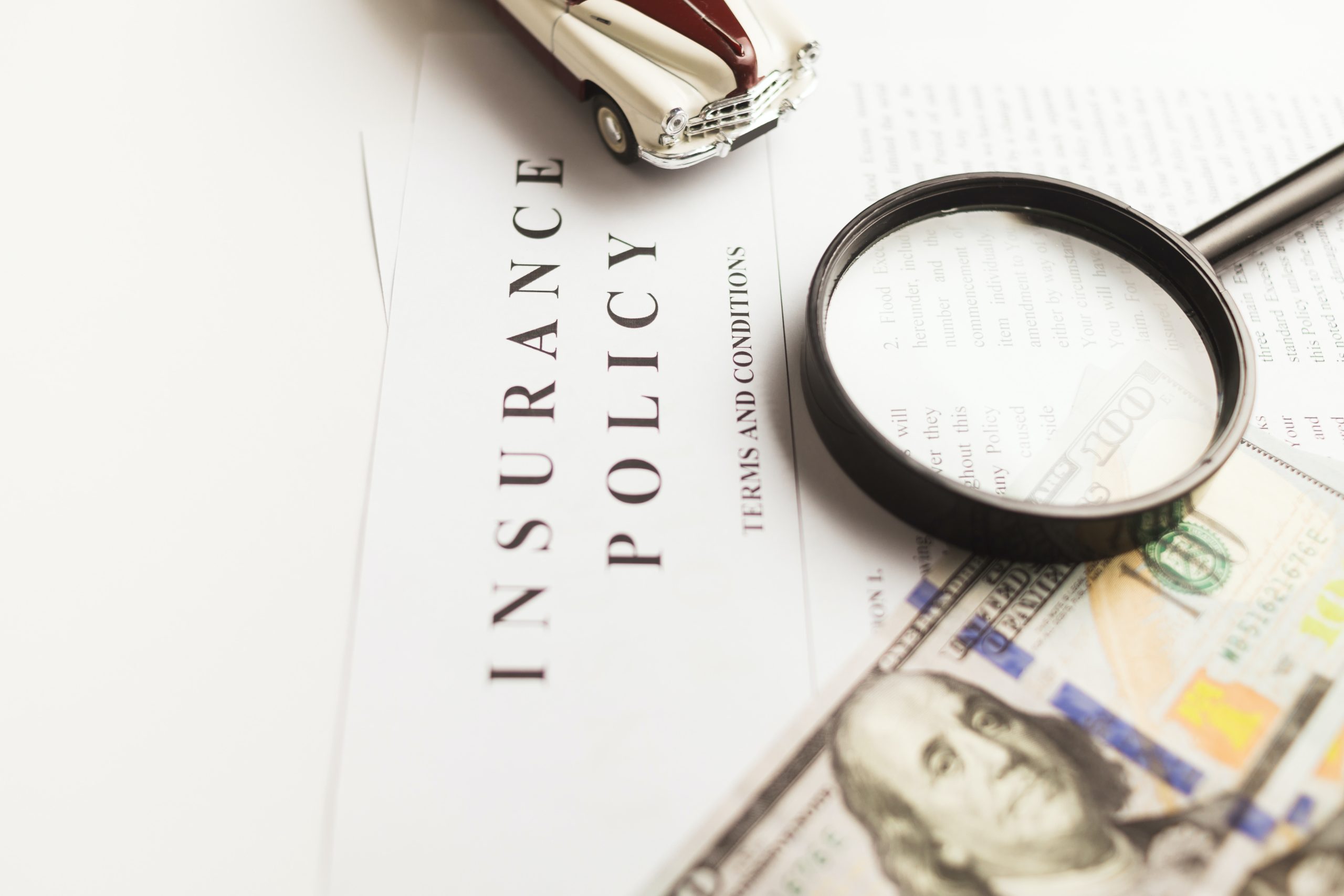Tips for Creating a Successful Family Emergency Plan
The scariest thing about natural disasters is that they can happen out of nowhere so you need to be prepared. Does your family know what to do if a tornado, hurricane, or wildfire erupts around your home? In addition to creating an emergency response kit, an emergency plan is crucial to ensure your family will know how to respond. If you don’t have an emergency plan yet, then you need to make one now. Here are some tips for how you can plan for an emergency and get the kids involved so they are ready for anything.
 Image via Unsplash
Image via Unsplash
Build your Emergency Kit
Having an emergency kit on hand is crucial in case disaster strikes. This kit should be easy to grab (like in a duffel bag or large tote). Ideally it should contain: several days’ worth of water and dehydrated food (backpacking meals work well) for the entire family and pets, water treatment supplies, a camping stove, fuel, lighter, and dishes, sleeping gear (pads, pillows, a sleeping bag), a first-aid kit, necessary medications, hand sanitizer, paper towels, bleach, tools, a change of clothing (including outerwear and shoes), a headlamp, a battery-powered radio (to hear weather updates), two-way radios, a cell phone charger, extra batteries and a battery bank, a whistle, local maps, cash, copies of important documents (including your emergency plan), any items necessary for pets and children, and a portable toilet.
For information on how to build an portable Two-Bucket Toilet, check out the Emergency Sanitation section. And stay tuned: we will soon offer an Emergency Sanitation Toolkit, which will include info on how to build a portable handwashing station and how to engage your community in emergency sanitation response planning.
Plan a Safe Route Out of the House
One of the first things you should do is to create a plan for how you will evacuate the house if an emergency occurs and determine where everyone should meet. This plan may differ based on the type of disaster. In the case of a tornado, you should stay put. However, if there is a fire and everyone can get out safely, then you should plan a meeting place that is far enough away from the property.
Research the best plan for the disasters that are frequent around your area, and then make the arrangements as a family. Once you have it down in writing, your whole family should practice the plan a few times per year so you are ready if an unfortunate disaster does occur.
 Photo by Glenn Carstens-Peters on Unsplash
Photo by Glenn Carstens-Peters on Unsplash
Make a Shelter Plan
In case of a prolonged emergency, you should know what shelters exist in your area. In the United States, you can search for open shelters by texting “SHELTER” + “Your zip code (ex: 97210)” to the number 43362. You can also search shelters via the Department of Homeland Security.
If you have pets, be aware that some shelters won’t accept them. Plan for a safe place that you can go with pets, or neighbors and friends that can help care for them if necessary. Be sure your pets are microchipped with your contact information. Contact your local animal shelter or emergency management office for additional information on resources to care for pets in an emergency.
 Photo by Eric Ward on Unsplash
Photo by Eric Ward on Unsplash
Put Emergency Numbers in Plain Sight
Another step that every family should take is to put a list of emergency phone numbers in a place where everyone can read it, like on the fridge or in a hall. Include numbers for police, fire department, poison control, and any other departments that you may need to reach in a moment’s notice. Teach your children how to dial the numbers. Also, inform them that these numbers are for emergency use only and should not be called otherwise.
Plan for All Emergencies, Including Earthquakes
Again, you should focus your emergency plan on the disasters that are likely to occur in your state. If you live in an area known for earthquakes, then extra precautions may be necessary. Take some time to teach your kids about earthquakes and why they happen. If one does occur, then your plan should be to drop, cover, and hold on. You do not want to be moving around when an earthquake hits because there is a chance to be stuck by falling debris.
Once the earthquake has completed, then it is important to get out of the house and go to a safe place and be aware of the potential for aftershocks.
Create an Emergency Plan for Your Business as Well
While you need to keep your family safe, you may also need to protect your business so you have money to keep your loved ones afloat if disaster does strike. This is especially important if you work from home because, typically, your homeowner’s insurance will not cover the business-related losses. You will need to check with your insurance company and ask them about a potential endorsement that may cover your office, and if not, get a separate home-based business insurance policy that will cover business equipment, technology, and physical data.
 Photo by Vlad Deep on Unsplash
Photo by Vlad Deep on Unsplash
You should also be mindful of your area’s flooding potential. If you operate a home-based business in a flood plain, you may require federally subsidized flood insurance to properly protect your assets.
Your small business disaster plan should also include a backup plan for storing your digital files and records so that they are not lost. Consider uploading your information to the cloud so it is always secure and you can access it wherever you are. On top of that, you should always keep a spare laptop and cell phone batteries and chargers available so you can access your systems within moments.
As you can see, there are many steps that you can add to your family’s emergency plan. Remember to teach your kids about disasters, create a safe route out of the house, and create a home business emergency plan, and you’ll have a good chance of getting through a disaster unscathed.
